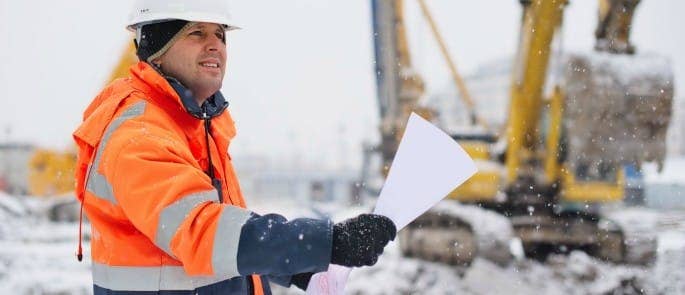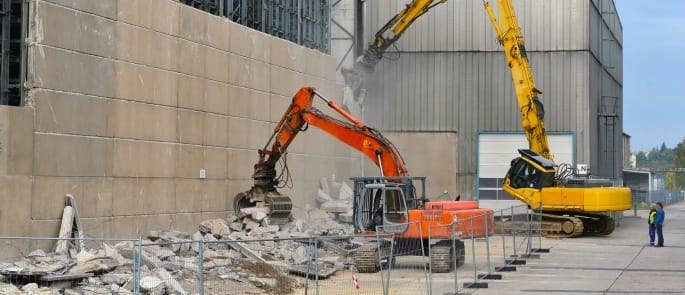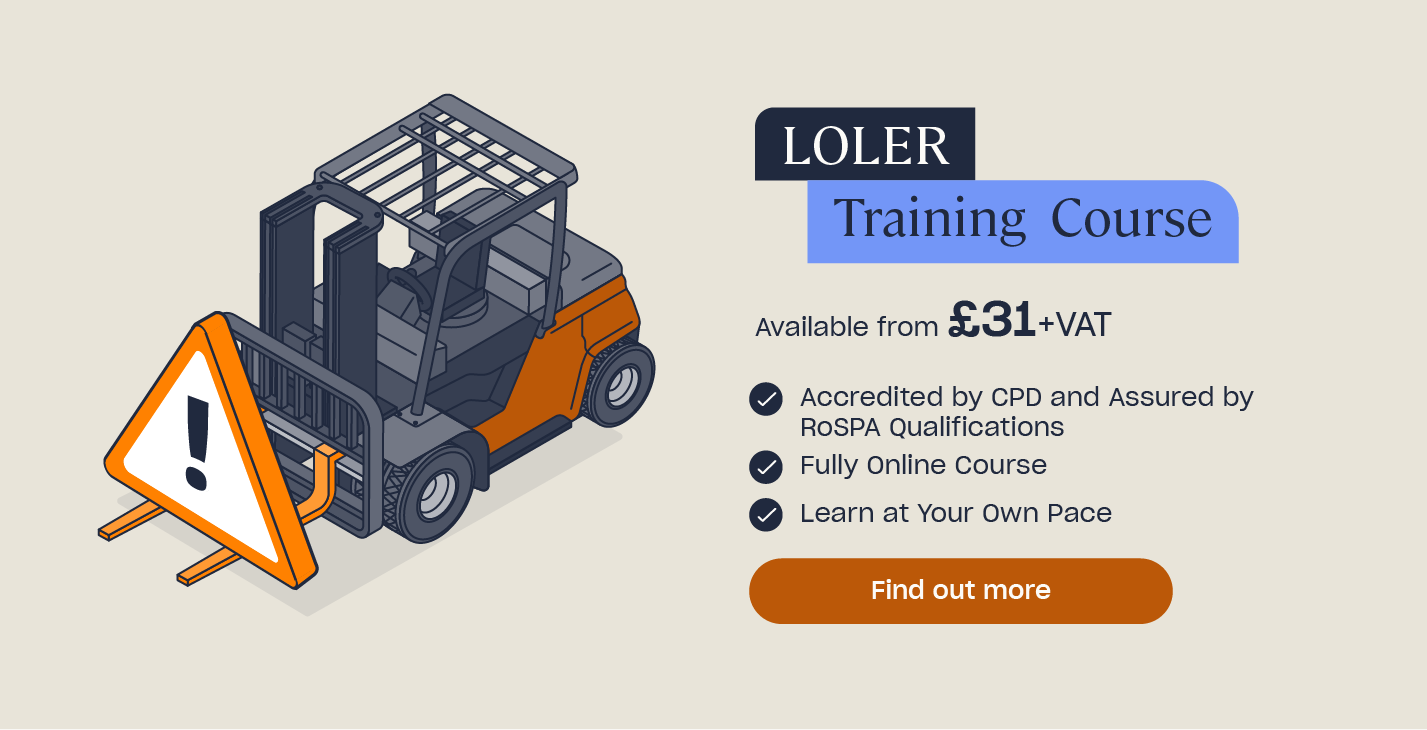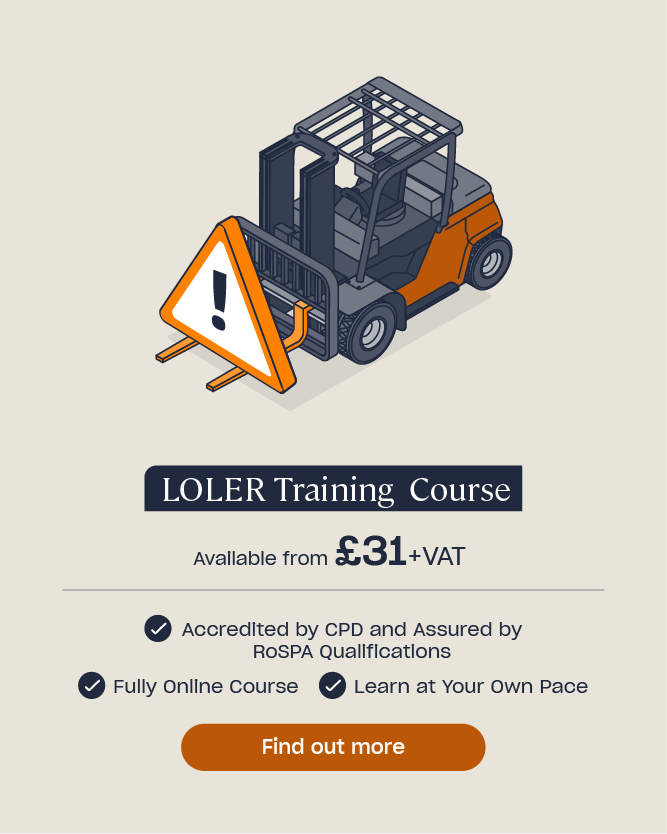LOLER Inspection Checklist Sheet
All work activities come with some degree of risk – even simply sitting at a desk or stocking shelves in a store. But some have more immediate and higher levels of risks, and this is especially true of lifting operations. They involve hoisting, moving, and suspending loads that potentially weigh a tremendous amount, with sizeable equipment that if not properly operated and supervised can be dangerous.
People could be put in harm’s way if operations and equipment aren’t geared for safety. Lifting equipment could be susceptible to rapid wear and tear – and therefore risk of failure – due to the nature of operations and conditions to which it is exposed, if inspections aren’t regular and thorough.
The ongoing inspection of lifting equipment and operations is therefore of great importance. If you work with lifting equipment you need to be aware of what the Lifting Operations and Lifting Equipment Regulations (1998) require of you to make sure health and safety isn’t compromised.
Purchasing pristine equipment and assuming it’ll run perfectly for 10 years without checking it and monitoring its use is just asking for trouble. All equipment faces general wear and tear no matter how careful you think you’re being during operations: that’s just nature. Furthermore, operations need to be carefully planned and overseen to be safe and effective.
By carrying out regular inspections of various aspects of lifting operations and equipment, risks can be easily minimised and managed.
What should a LOLER inspection cover?
There are several areas that should be considered during an inspection. Keeping lifting equipment and operations safe requires more than just physically looking at equipment.
The surrounding area, people involved in the operation, and other processes impact on the lifting operation and the effectiveness of lifting equipment just as much as the physical integrity of the equipment itself.
Areas to cover during an inspection include:
- Use of equipment.
- Suitability of equipment.
- Positioning and installing.
- Strength and stability.
- Organisation of lifting operations.
- Marking lifting equipment.
- Equipment for lifting people.
- Attaching, detaching, and securing loads.
- Suspended loads.
- Storage.
Need a Training Course?
Our LOLER Training will provide you with a strong awareness of what LOLER requires. It includes information on how to assess risks, how to select suitable lifting equipment, how to maintain the equipment, and the importance of thoroughly planning operations.
Who is responsible for carrying out LOLER inspections?
There are two levels of inspection that need to be carried out internally:
- Pre-use checks – these are carried out by operators before each use of lifting equipment.
- Thorough examinations – these are carried out by the employer or competent person at certain intervals.
A competent person is someone who has the necessary knowledge, training, and experience required to fulfil their role. In relation to LOLER, the competent person should have practical and theoretical knowledge of the lifting equipment used by the business. Although they can be a member of your staff or someone employed externally, they should not be the same person who carries out routine maintenance.

How often should inspections be carried out?
Pre-use checks – which are not as exhaustive as a thorough examination (they basically involve checking that there are no obvious faults or defects) – should be carried out prior to each use of lifting equipment. This could vary in frequency to once a week to a couple of times a day depending on how often the equipment is operated.
However, thorough examinations have more specific intervals. Meeting these requirements means meeting LOLER, and in turn meeting good health and safety standards and keeping people free from harm.
- After installation and before first use (unless the equipment has a valid EC Declaration of Conformity and was not assembled on a site less than 12 months ago).
- After assembly and before use at each location where the equipment requires assembly or installation (e.g. if a tower crane is moved to a new site of operation).
- Every six months for lifting equipment and associated lifting accessories used to lift people.
- Every six months for all lifting accessories.
- Every twelve months for other general lifting equipment.
- When exposure is likely to cause rapid deterioration, as regularly as a risk assessment determines is necessary.
- Following exceptional circumstances (such as damage or failure, being out of use for prolonged periods, or major changes that affect its integrity, e.g. repair or modifications).

By adhering to LOLER regulations and carrying out regular inspections of both equipment and operations, you will ensure that people’s wellbeing is not compromised and equipment does not degrade faster than it should. Equipment will be able to perform at its maximum capacity and operations will be able to proceed smoothly and safely.
Further Resources:
- LOLER FAQ Guide: Your Questions Answered
- Electrical Safety Guidance for Working on Construction Sites
- Crane Safety Hazards and Control Measures
- LOLER Training







